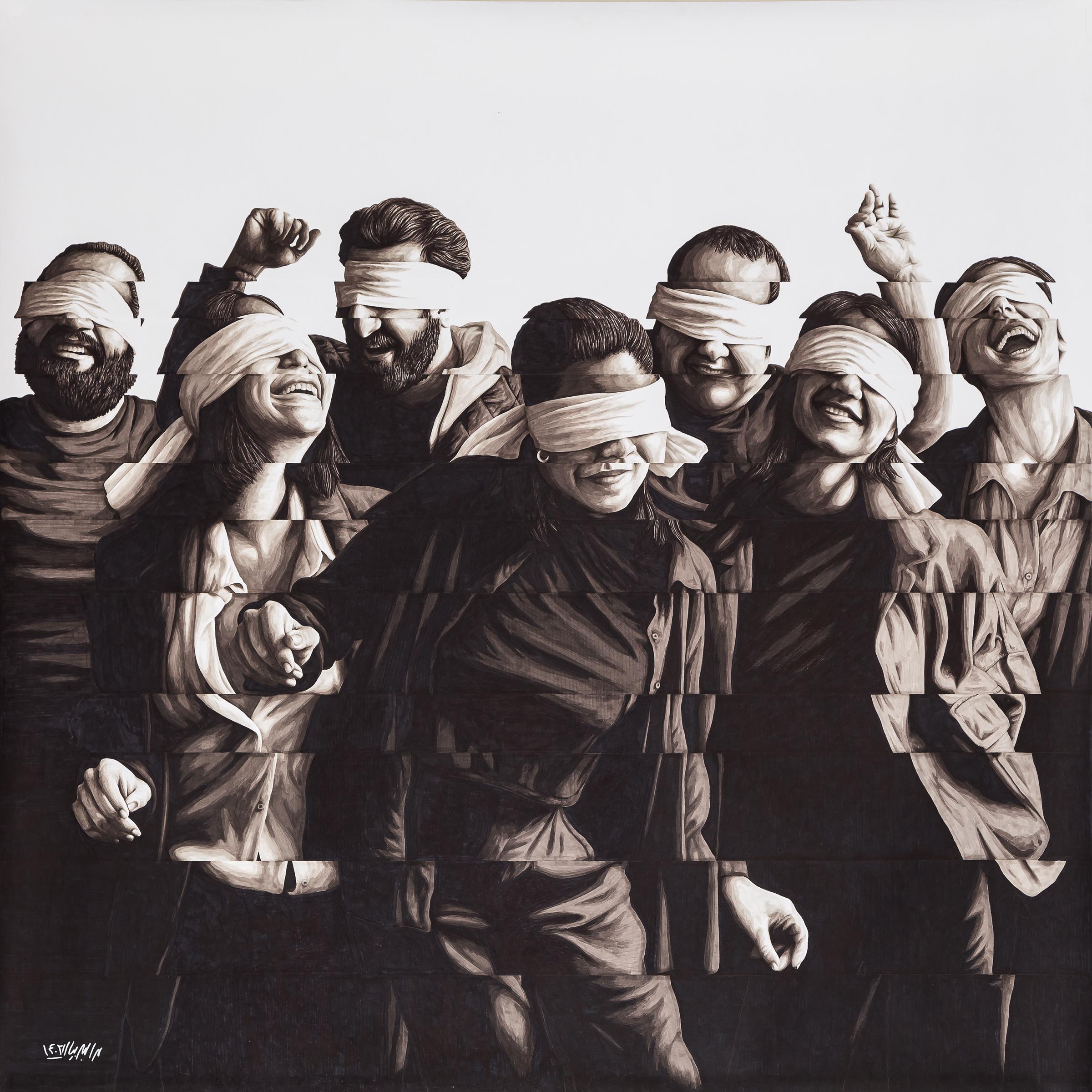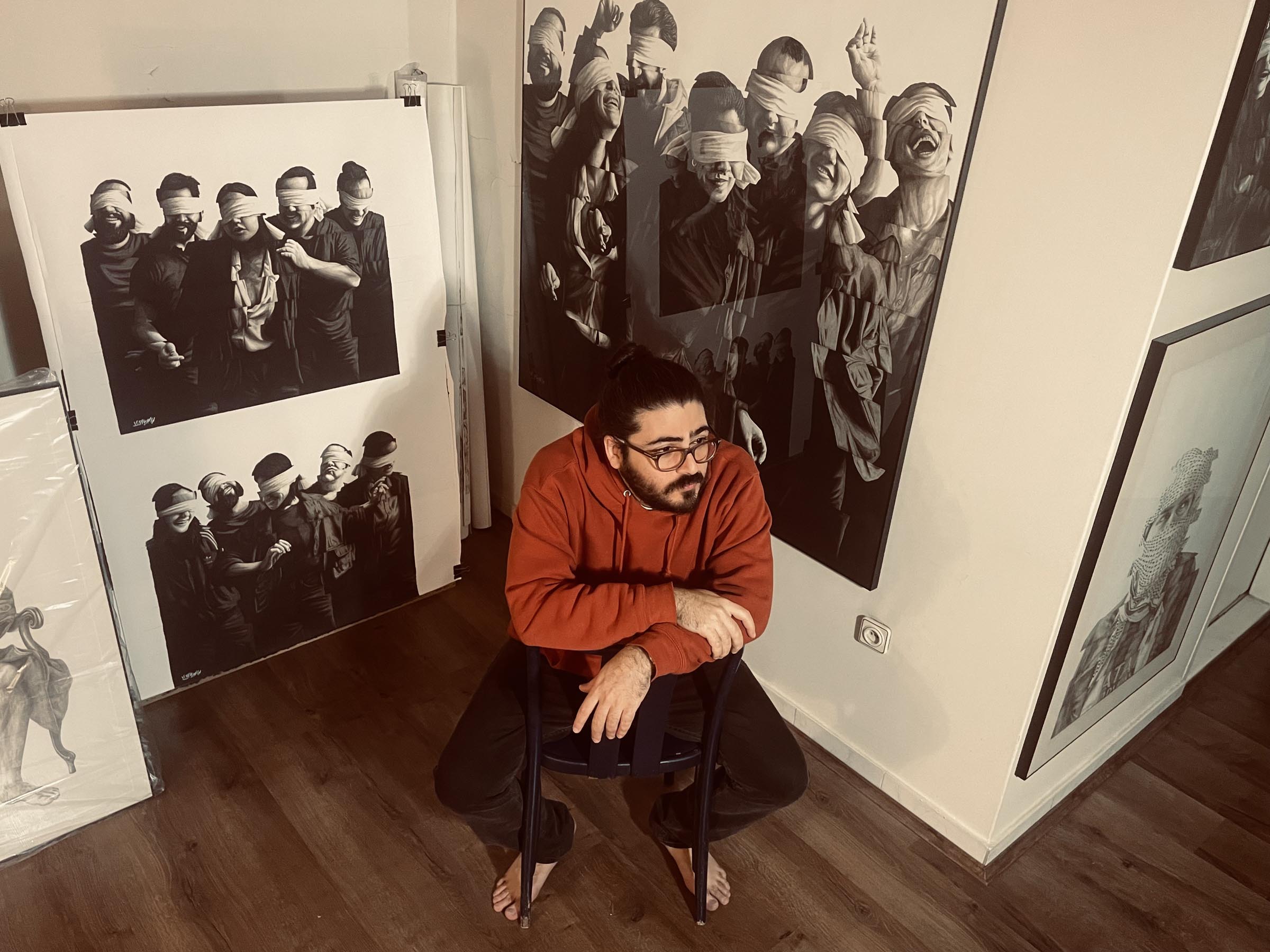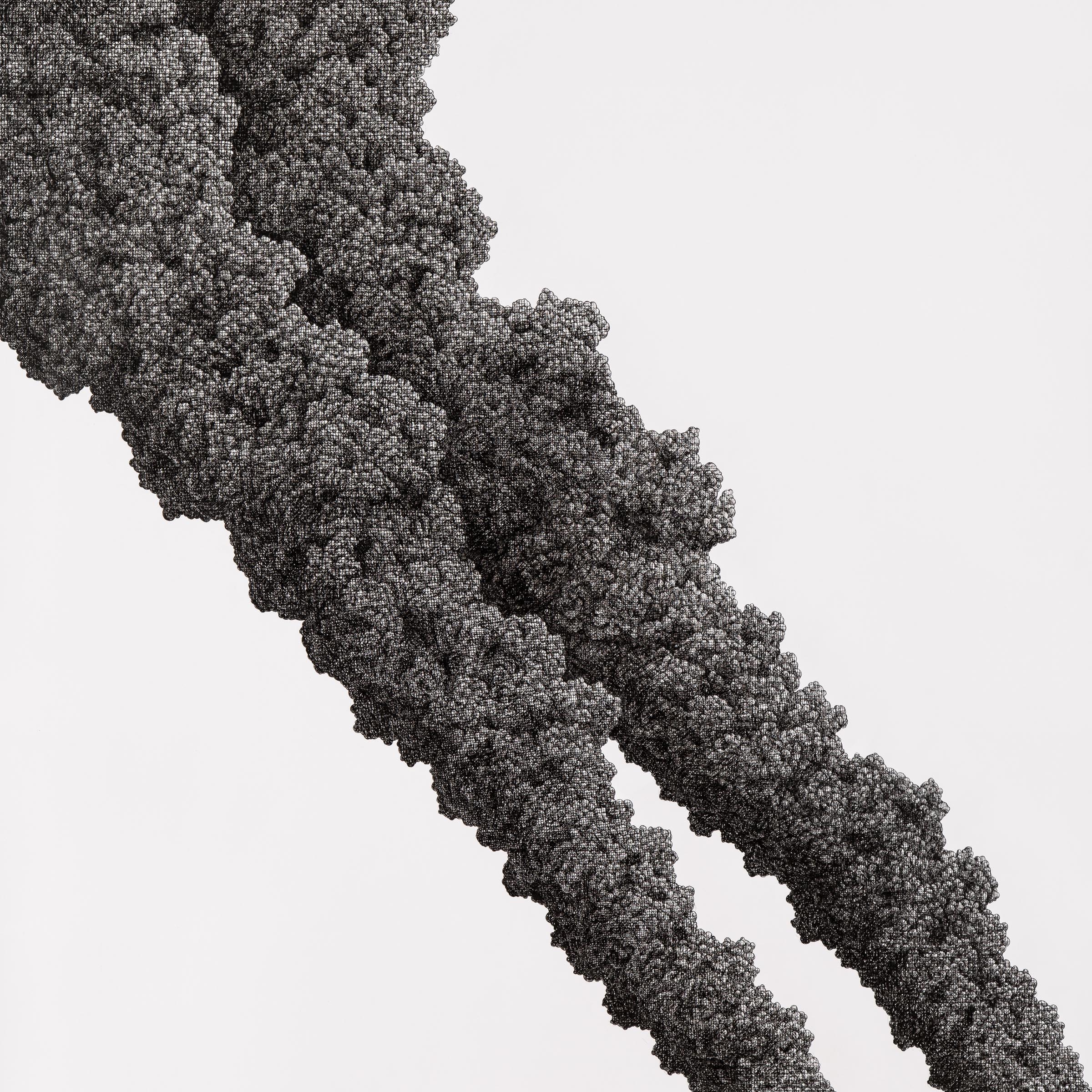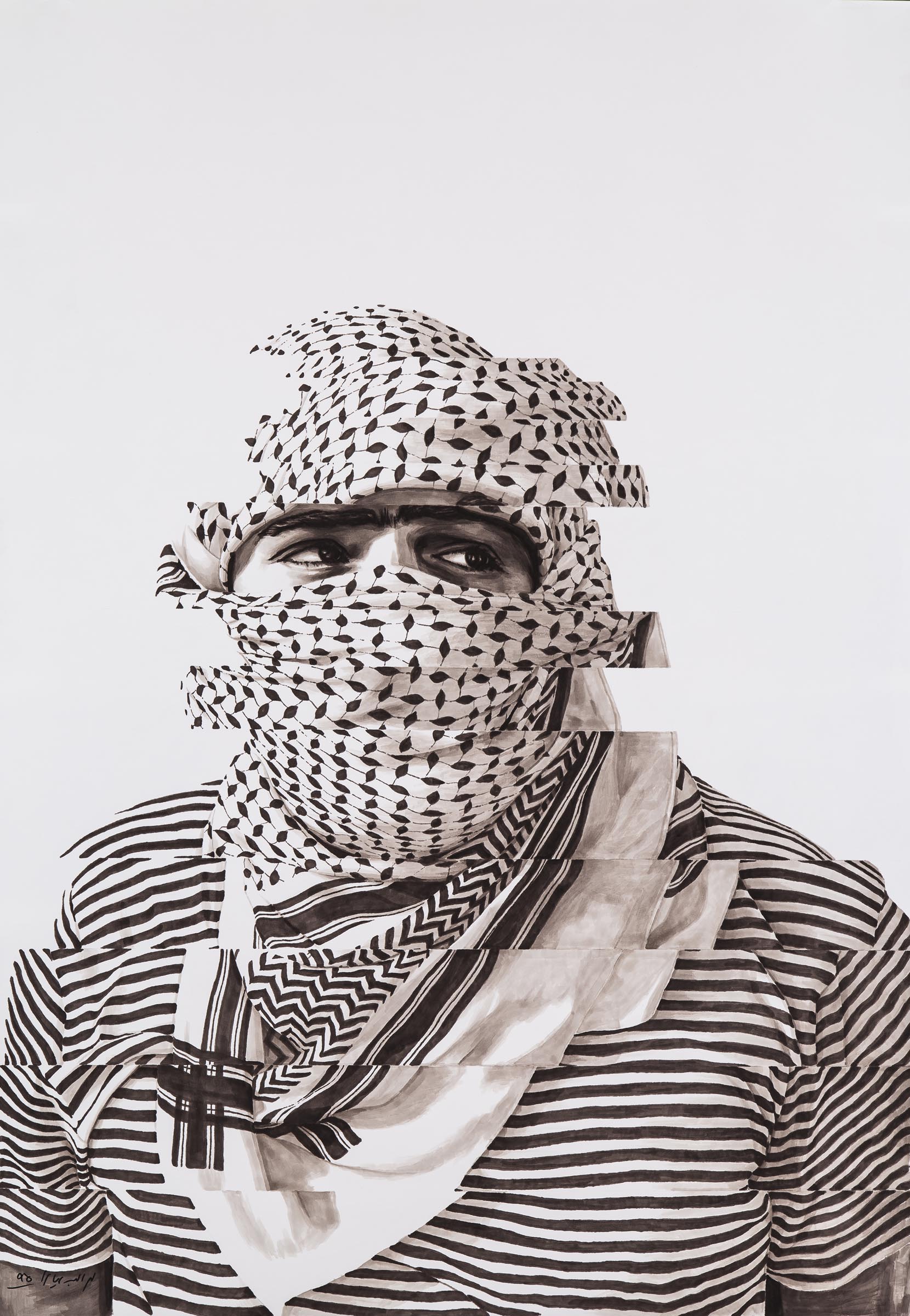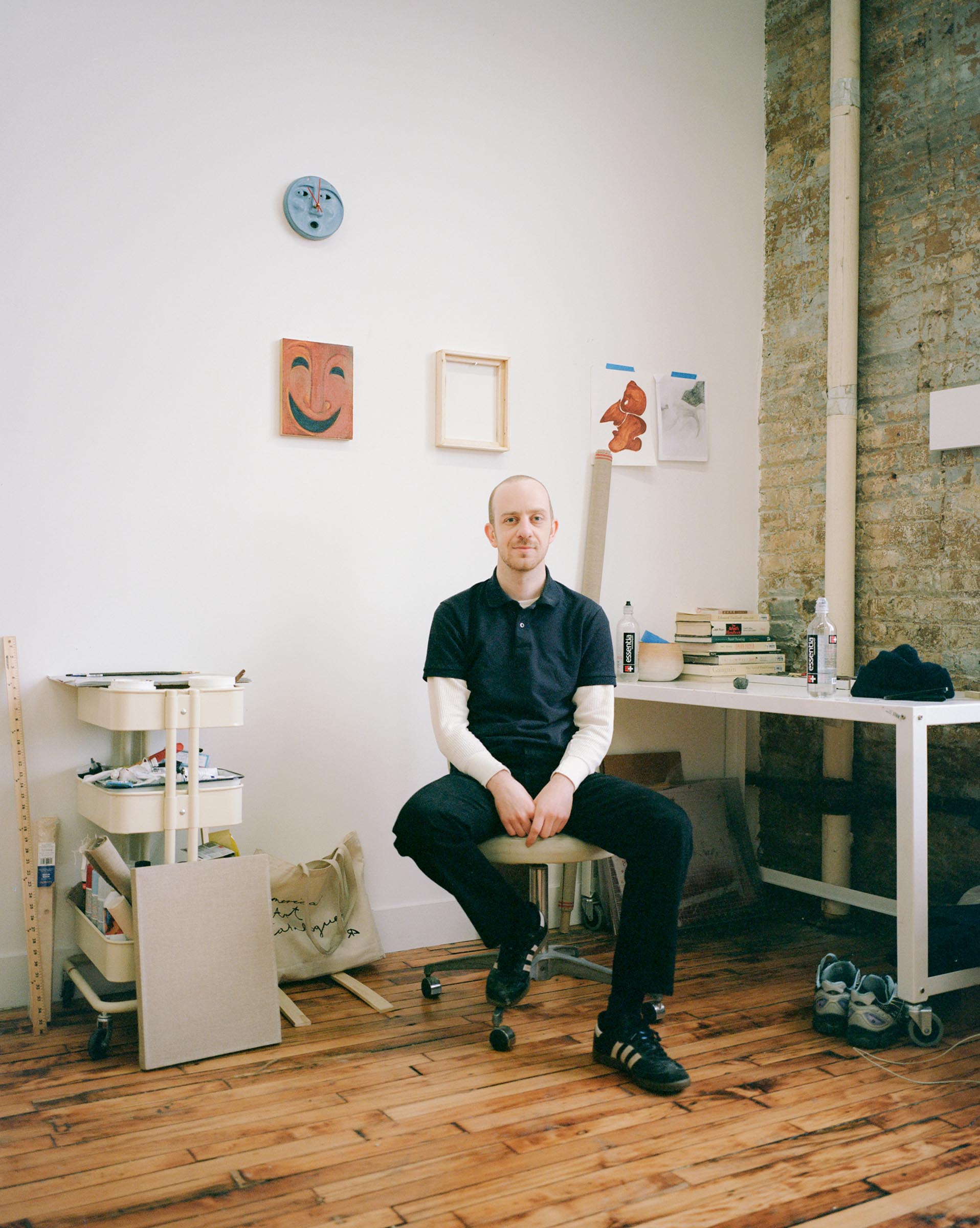
How did you get into making art?
My interest in art began in my childhood amidst the tumultuous aftermath of the Iran-Iraq war. My father’s work in construction led our family through the war-ravaged cities of the southwest, I found comfort and inspiration in the art materials and art books my parents gave me. The vivid memories of desert landscapes and the resilient spirit of Arab minorities of Iran left an indelible mark on me.
Later on, I found myself captivated by the computer boom of the 90s and 00s. Leading me to get into coding. I discovered parallels between coding and painting — both mediums allowed for boundless creativity and expression. Despite my growing proficiency in coding and the allure of a career in tech, my passion for art never wavered. Despite pursuing a degree in computer science, Eventually, I made a decision to pivot from a career in coding to pursue my dream of becoming a professional artist. A turning point came when I got introduced to a successful artist, and I started working in his studio. After a few years of working in that studio, I felt ready to start my own path. I began working on my first series. A friend of mine, who was a young collector, showed my work to a gallery in Tehran. This led to my first and second solo shows at that gallery.
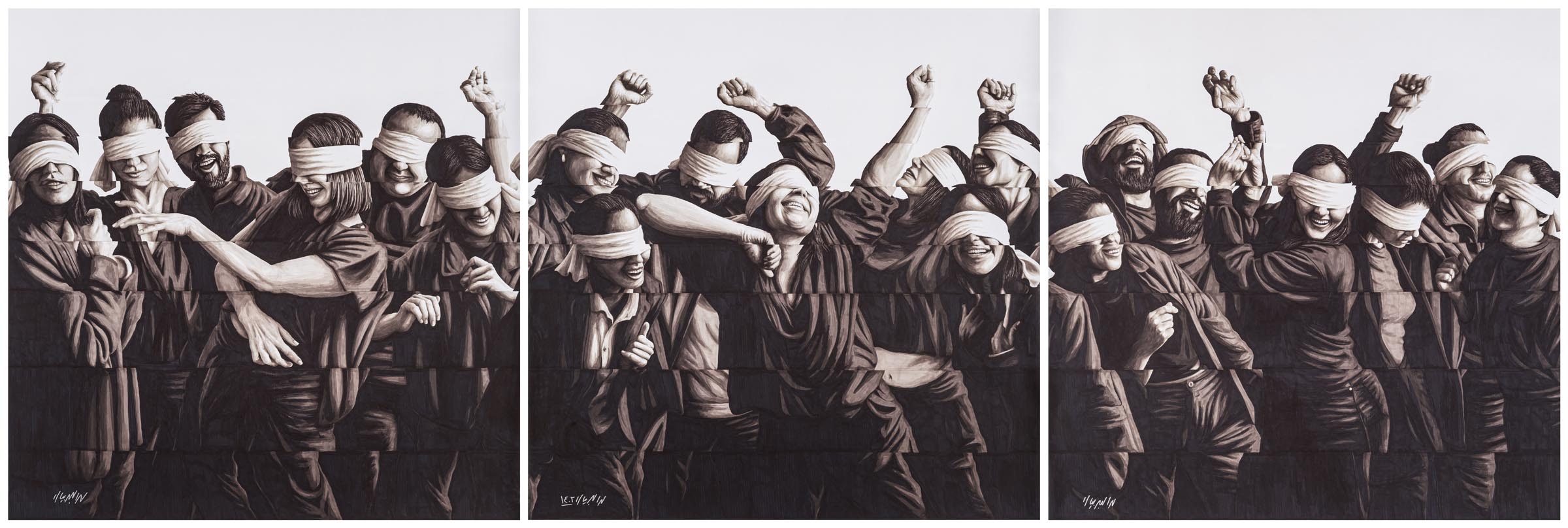
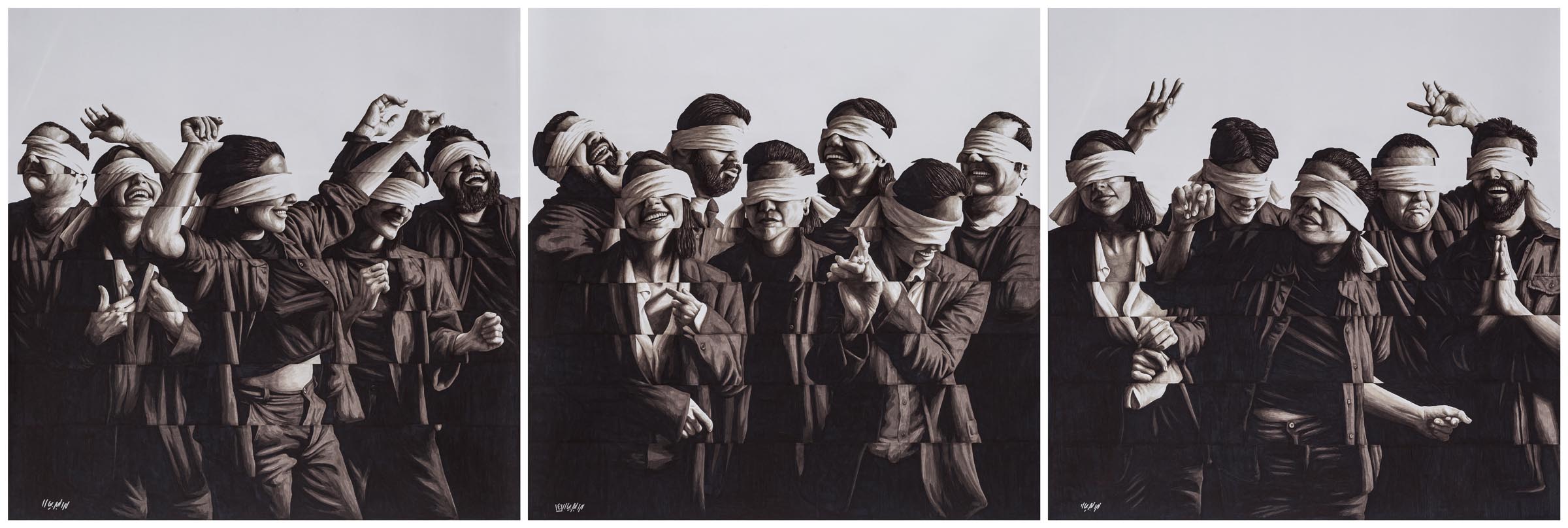
What are you currently working on?
Currently, I’m focused on my new series called “Superposition”. which you can see in the images which were part of the Hopper Prize competition.
Blindfolded figures embody the concept of superposition, existing in a state of ambiguity and multiple possibilities.
Lohrasb Bayat
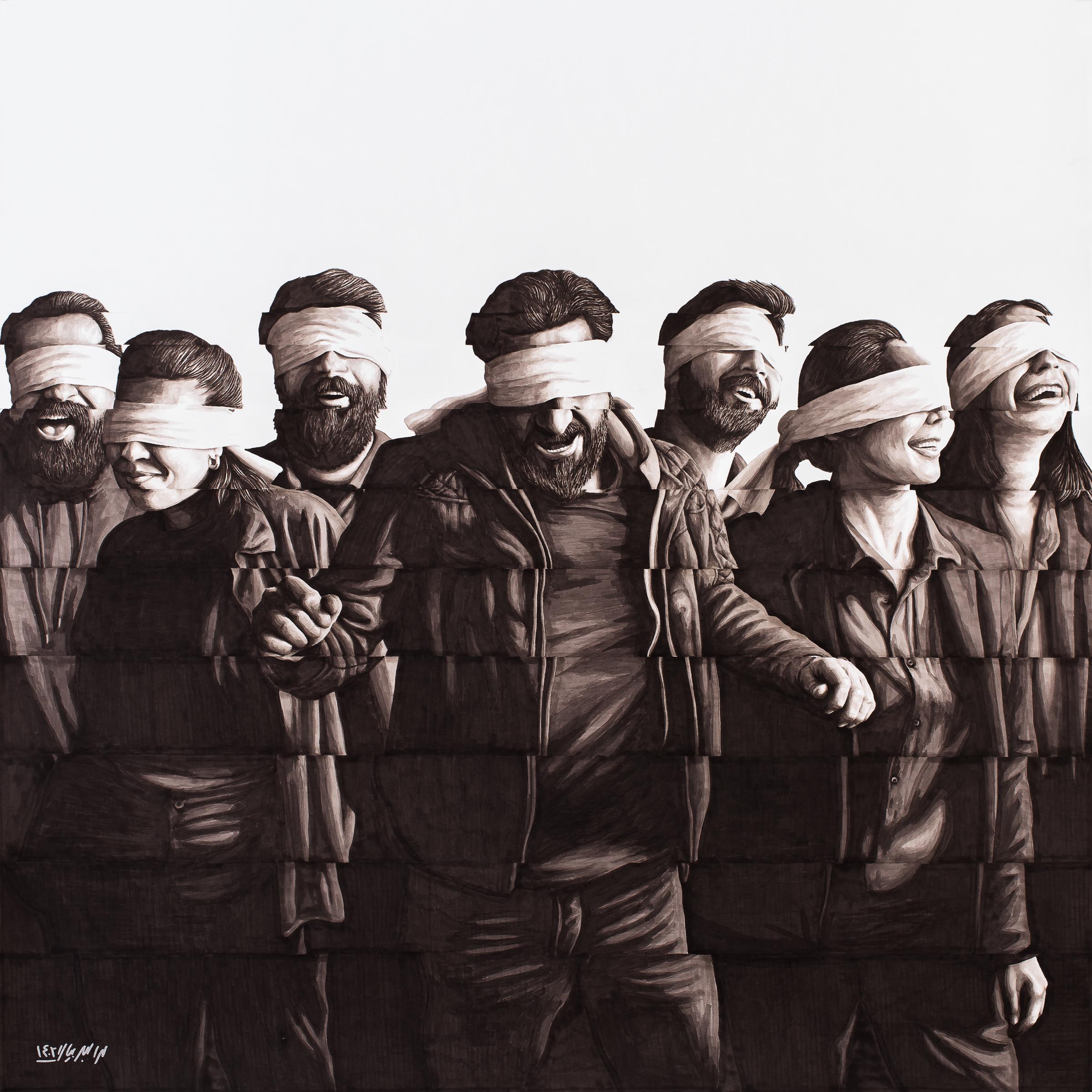
What inspired you to get started on this body of work?
The idea for this series was sparked by reading Sean M. Carroll’s book “Something Deeply Hidden.” The book explores the complex world of quantum mechanics, particularly the concept of quantum superposition. This concept intrigued me and became the foundation for my artwork. This exploration led me to ponder Schrödinger’s Cat and the concept of quantum superposition, where objects can exist in multiple states simultaneously. This idea fascinated me and became the conceptual framework for my series.
Blindfolded figures embody the concept of superposition, existing in a state of ambiguity and multiple possibilities. Similar to Schrödinger’s cat, they are suspended in uncertainty, yet they dance and laugh with an exuberance that defies their predicament. The blindfold, typically a symbol of restriction, is redefined as a liberator, allowing new perspectives and forms of expression.
Collaborative sessions with fellow artists involve blindfolding participants and encouraging them to dance freely, fostering camaraderie and shared expression. The titles of each painting are drawn from the songs accompanying these sessions, adding to the narrative.
Working with markers on paper is unforgiving; there’s little room for error. Much like the blindfolded figures depicted in the artwork, I embrace the challenges and limitations inherent in using markers. It’s a process that demands spontaneity and adaptability.
Ultimately, this series offers a nuanced understanding of the challenges faced by artists in the Middle East and invites viewers on a collective journey toward freedom, justice, resilience, and self-expression.
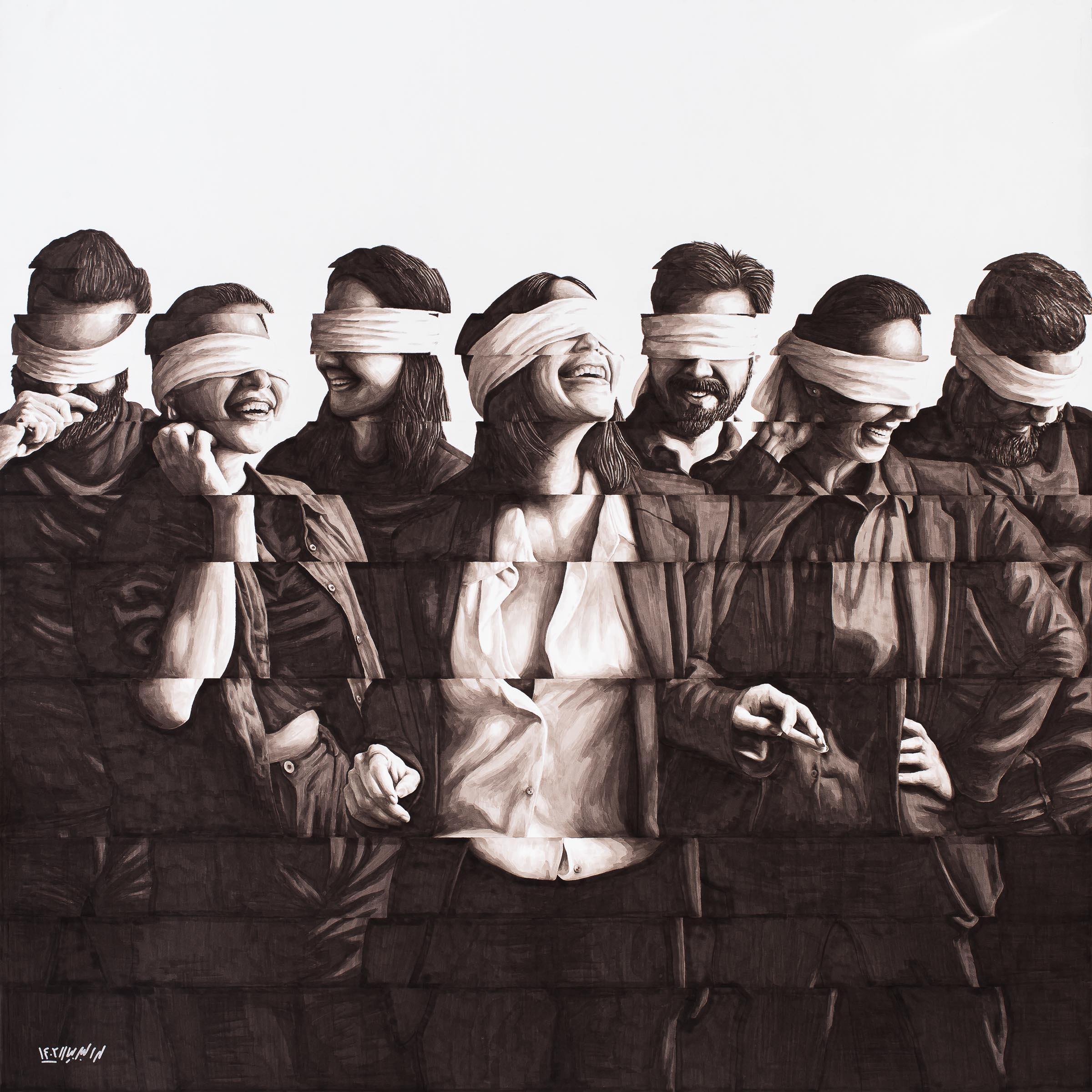
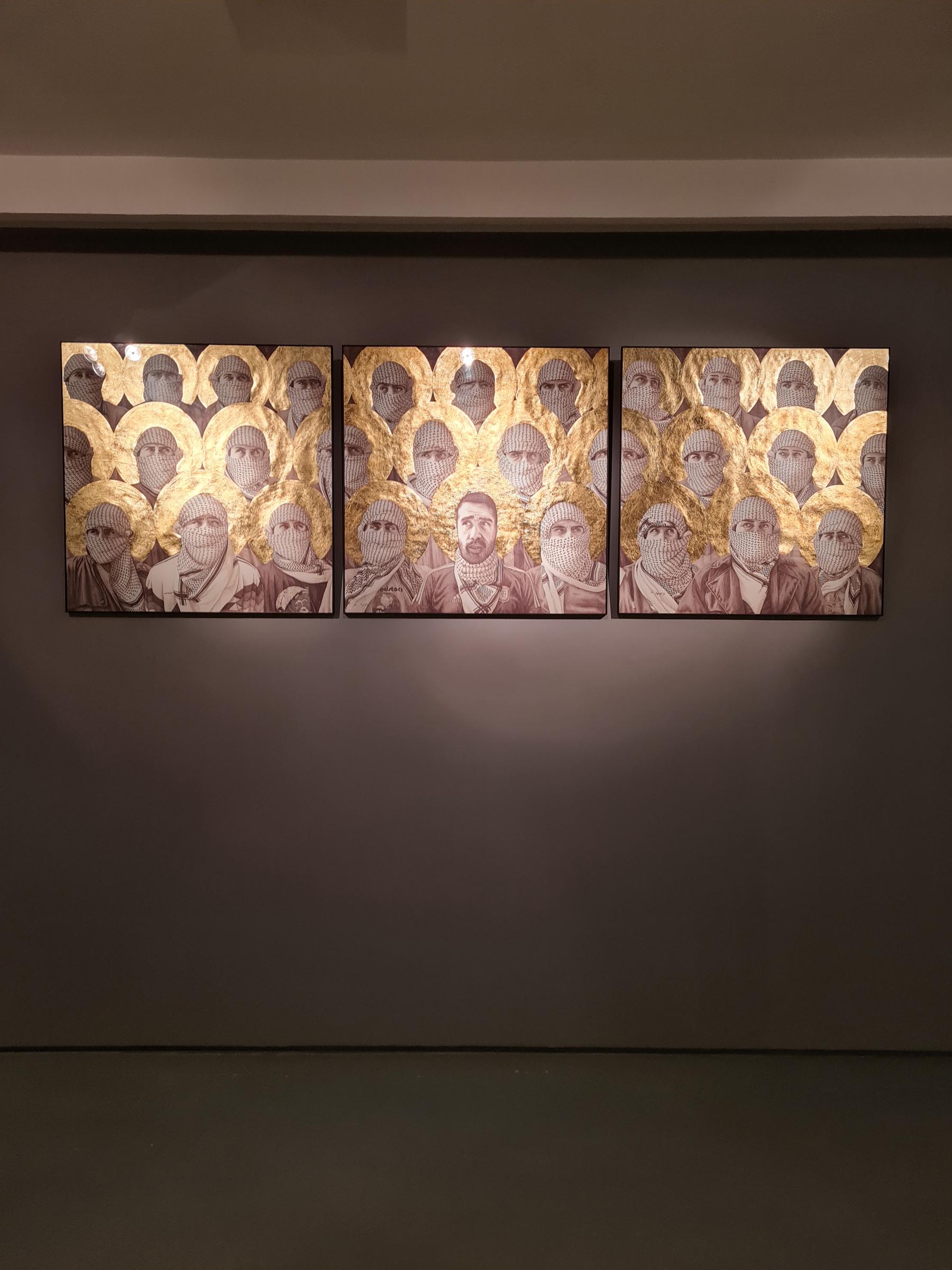
Do you work on distinct projects or do you take a broader approach to your practice?
I approach my practice with a combination of focused projects and a broader thematic exploration. While I do engage in distinct projects, I also maintain a continuous dialogue with recurring themes and ideas that span across multiple series.
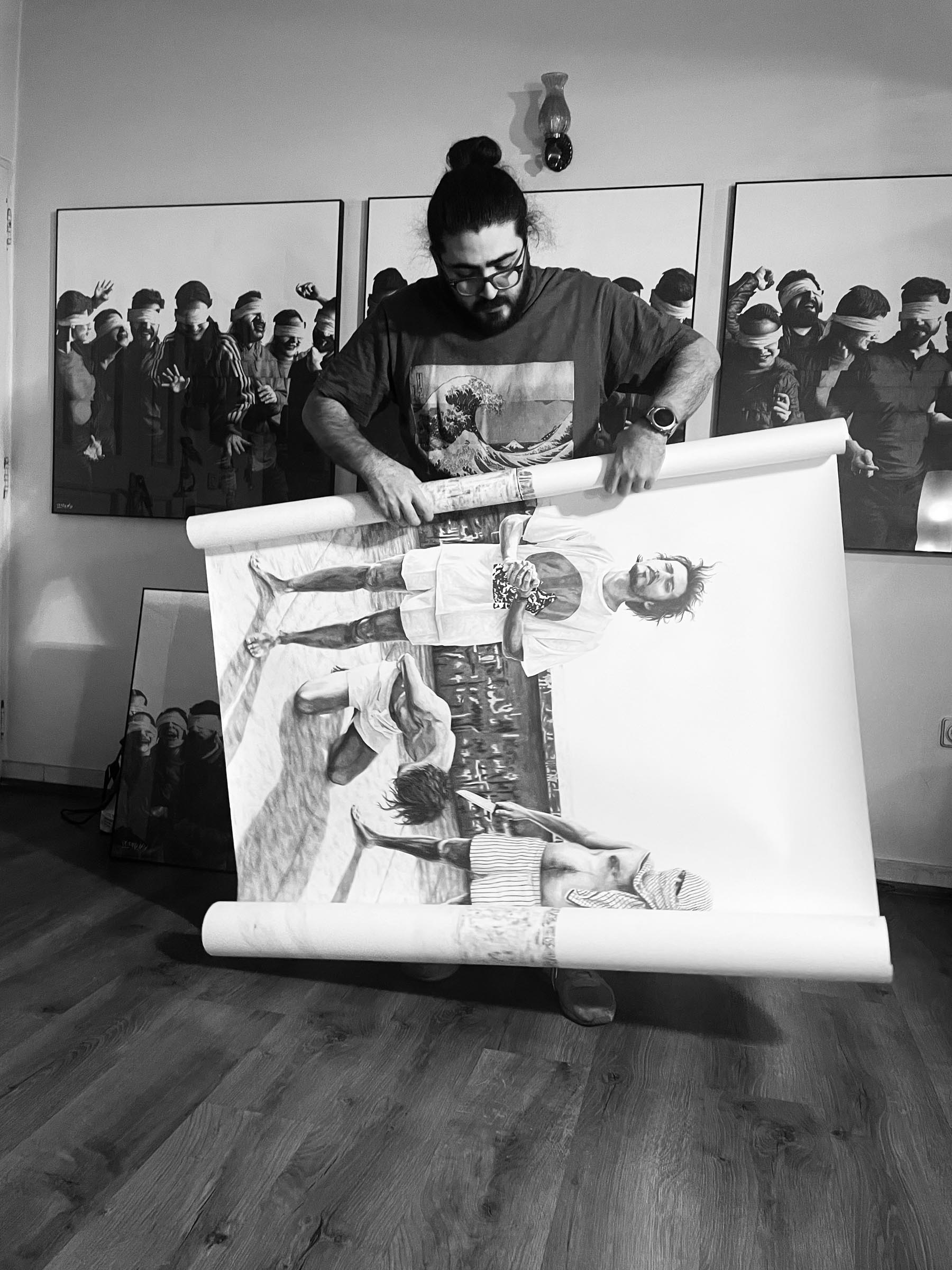
What’s a typical day like in your studio?
Despite being a bit cranky in the morning, my typical day in the studio starts with an early rise to take advantage of the natural light, even though I’m not a morning person. To settle into the studio, I usually begin by watching a YouTube video. It helps me ease into the day and set the tone for my creative work.
One constant companion in my studio is the presence of audiobooks. I listen to a wide range of topics, including scientific, political, social, mythology, and literature. This practice helps me stay engaged and explore various subjects while I work.
A key aspect of my studio routine is the regular occurrence of studio visits, typically scheduled every couple of weeks. When I have a studio visit, I often take the opportunity to cook for my guests. I enjoy cooking a meal for my visitors, breaking bread, and engaging in conversations. It adds a personal touch to the experience and fosters meaningful connections.
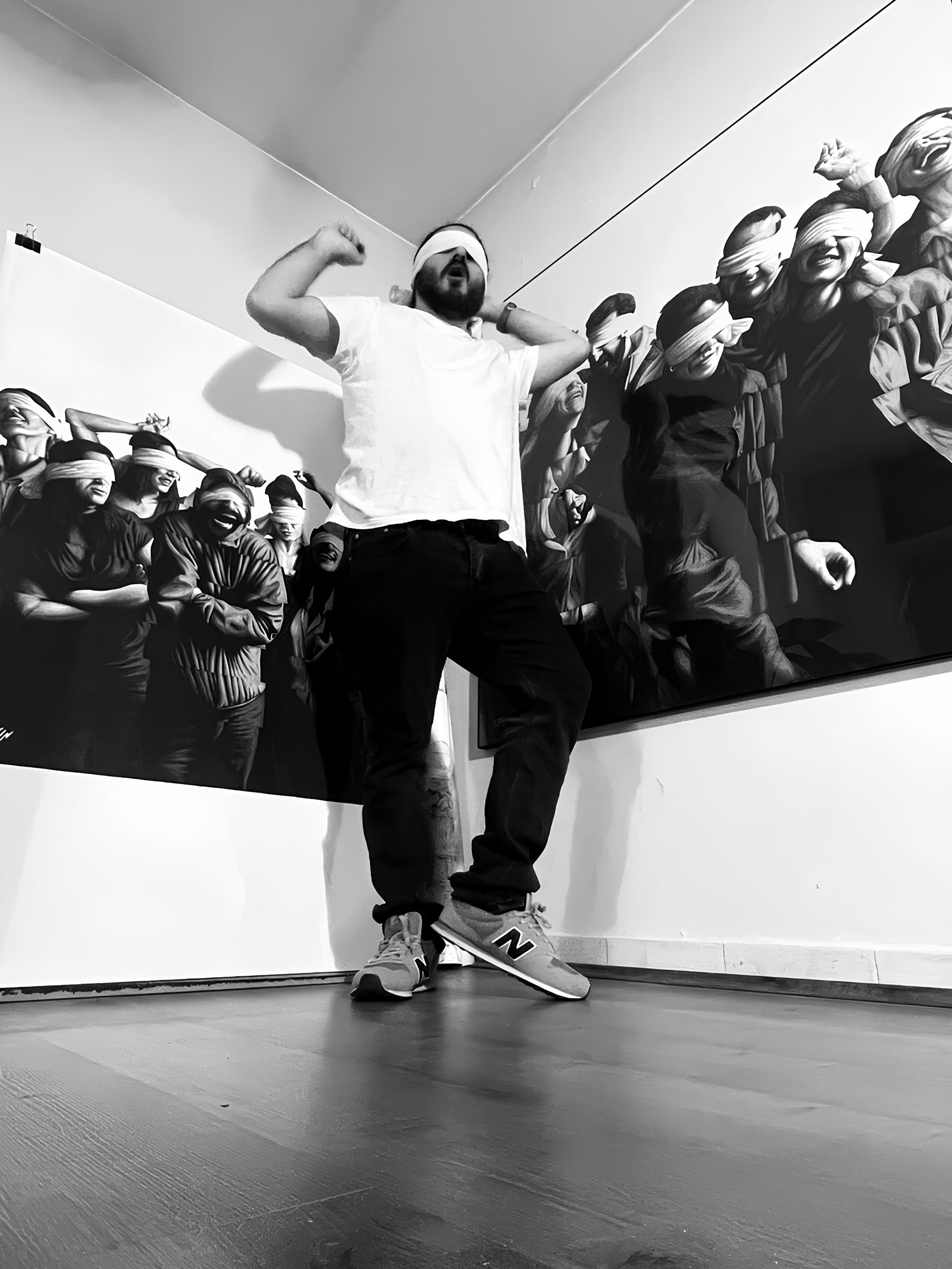
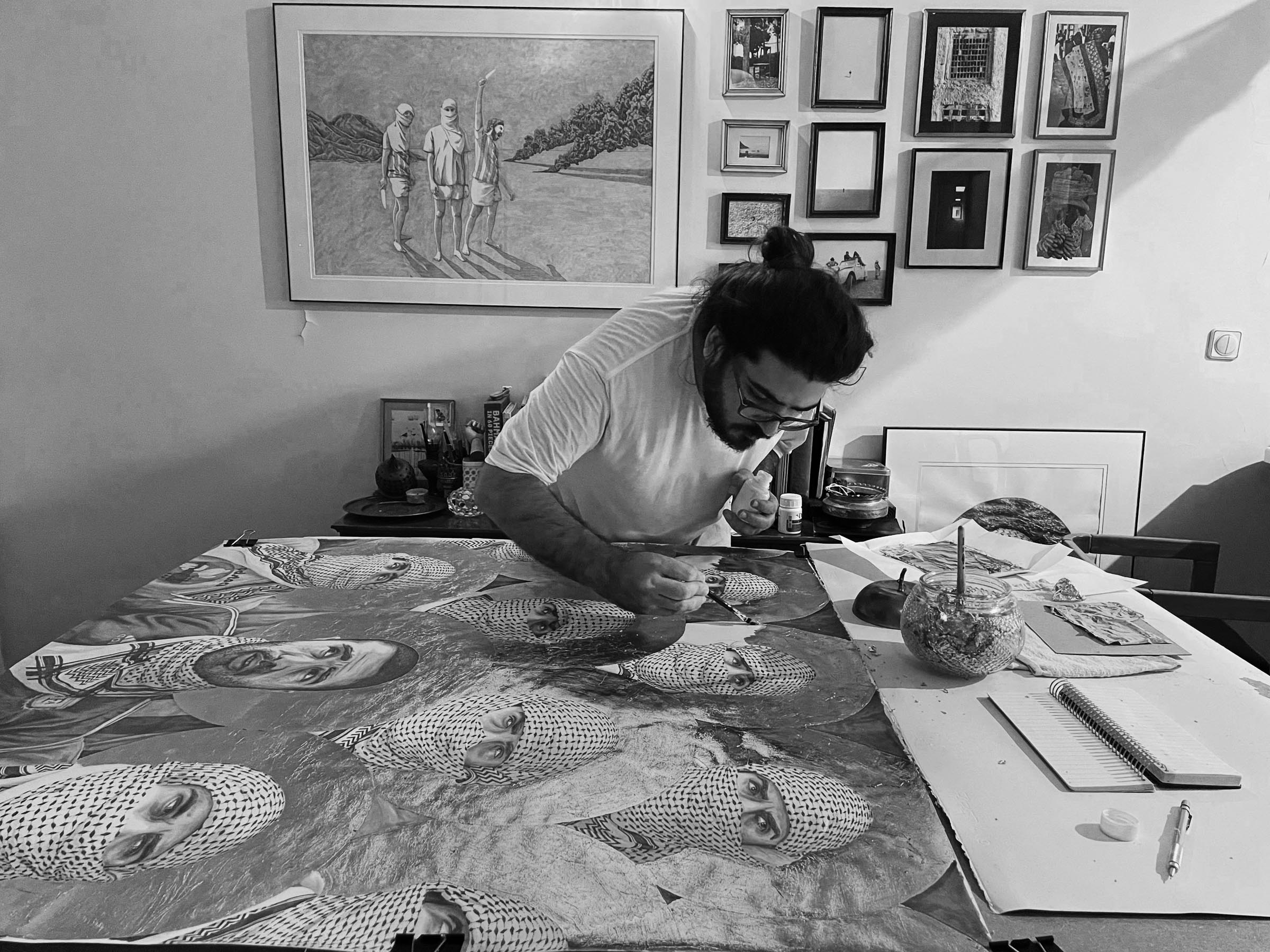
Who are your favorite artists?
It’s hard to narrow it down, but there are several artists whose work I’ve been closely following in recent years. Some of my favorites include Hito Steyerl, Cao Fei, Kerry James Marshall, and Tala Madani.
Where do you go to discover new artists?
I discover new artists through both traditional and modern channels. Visiting museums, galleries, and art websites allows me to experience art firsthand, while the internet has become a significant source for finding young and emerging talents. Additionally, museums and galleries are now creating more online content, such as YouTube videos, which helps me discover and get a better understanding of new artists and their work.
Learn more about the artist by visiting the following links:



